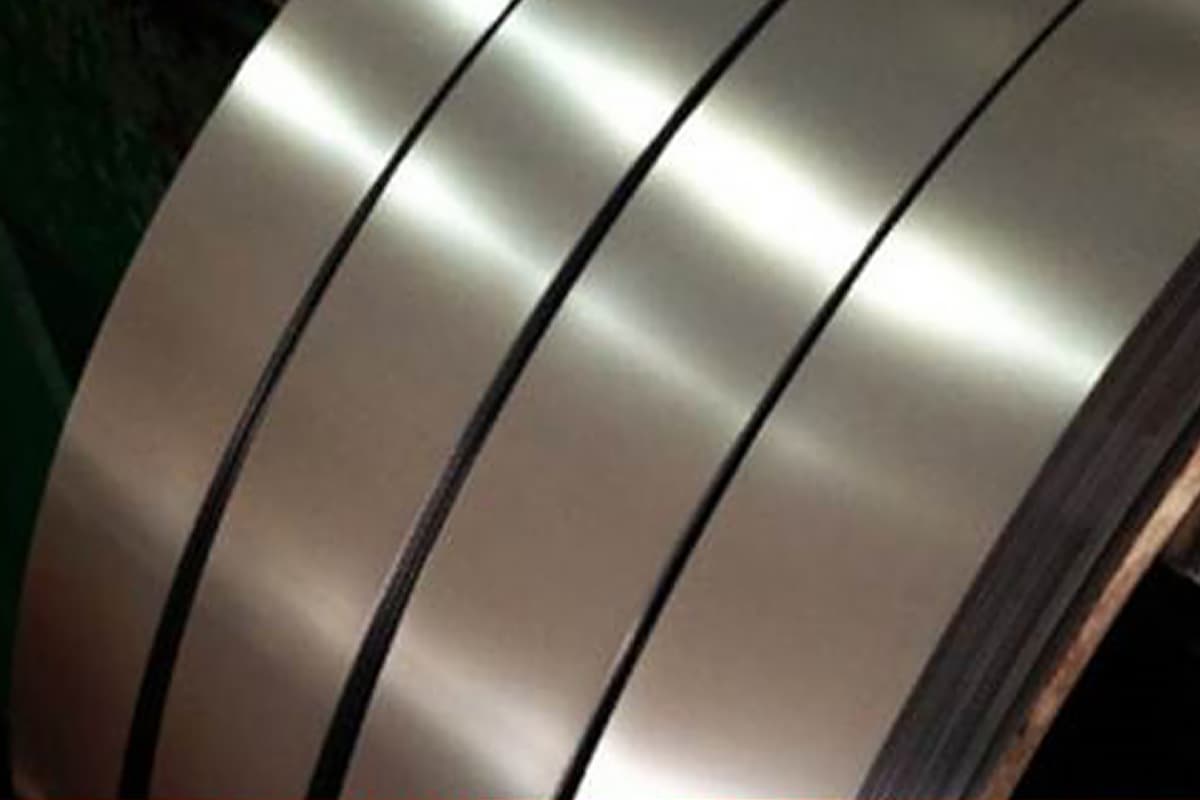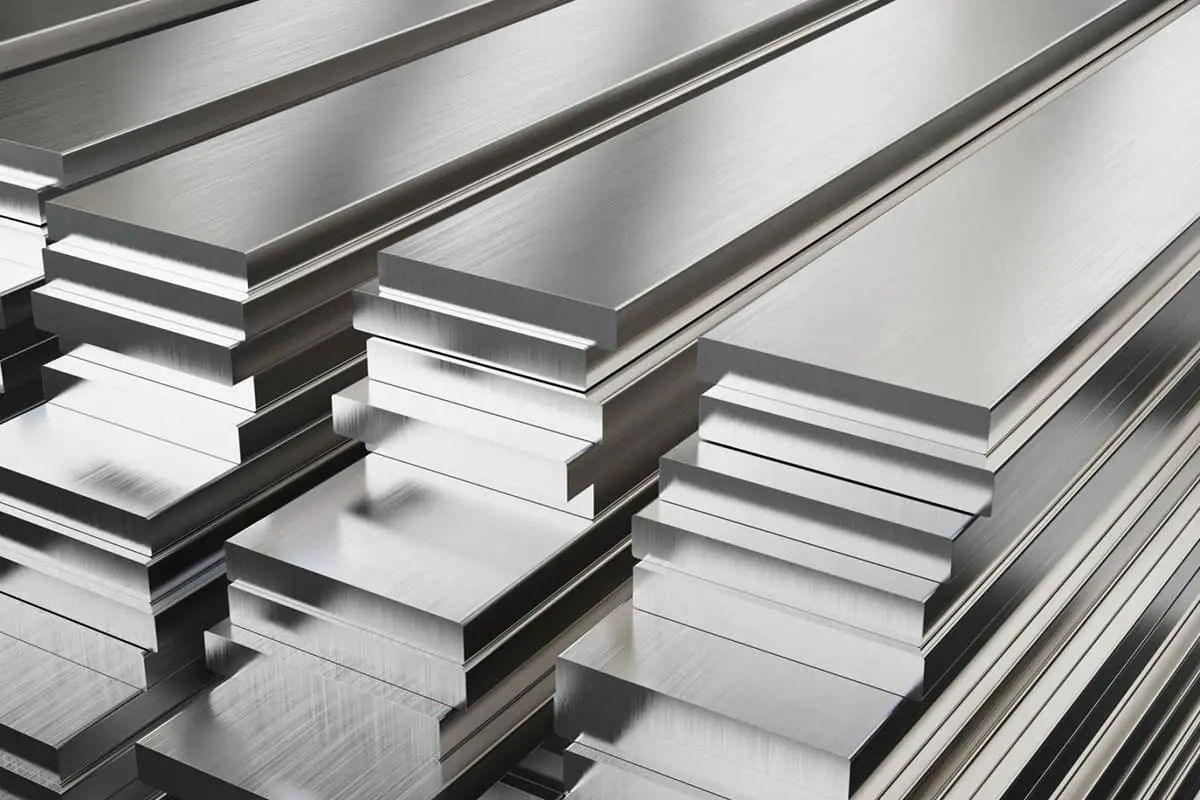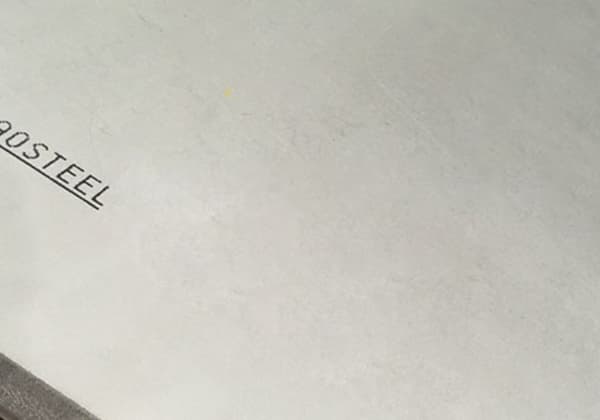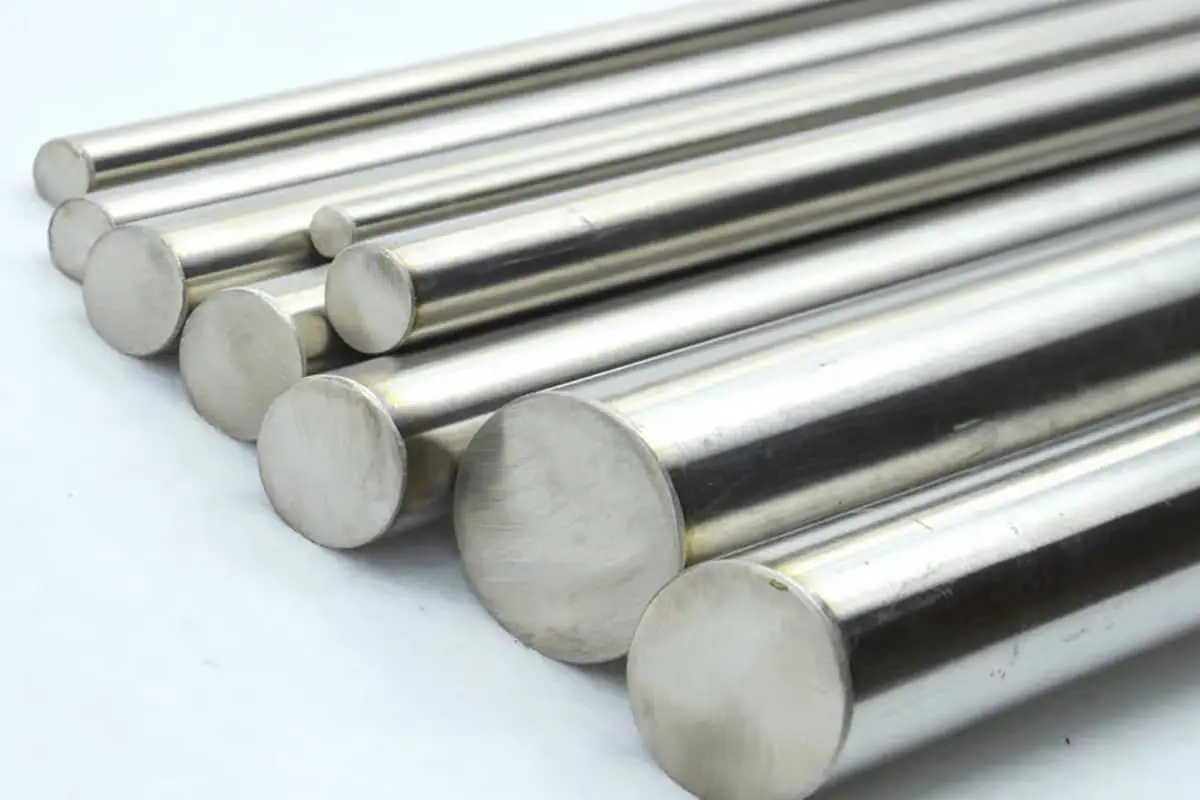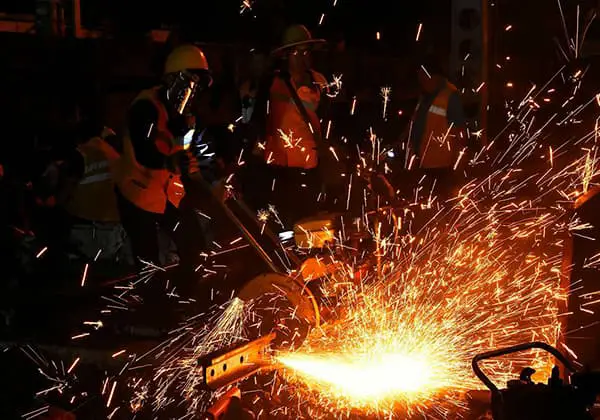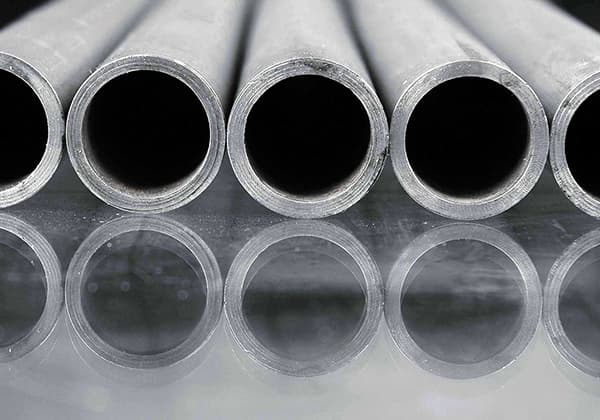
Ever wondered why the dimensions of stainless steel plates vary so widely? Stainless steel plates come in a variety of standard sizes and thicknesses to meet different industry needs. This article provides a comprehensive chart of these dimensions, highlighting common widths and lengths for both cold-rolled and hot-rolled plates. By understanding these specifications, you can make informed decisions when selecting materials for your projects. Dive into the details to optimize your material procurement and ensure your project’s success.
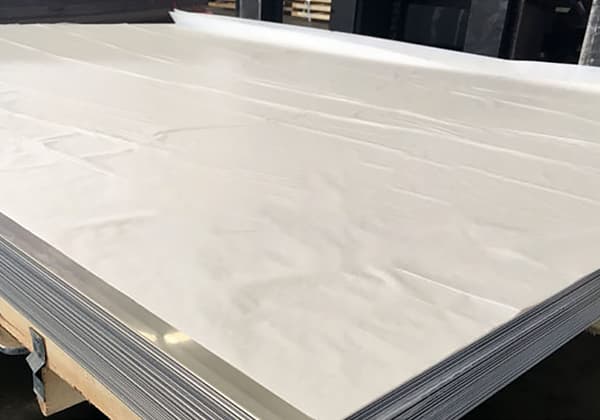
Stainless steel plates are available in a wide range of specifications and dimensions to suit various industrial applications. The standard sizes and specifications can vary depending on the manufacturer, intended use, and regional standards. However, here’s a more comprehensive overview of typical stainless steel plate dimensions and specifications:
Thickness:
Stainless steel plates are commonly available in thicknesses ranging from 0.4 mm to 50 mm or more. For thin plates (usually under 6 mm), the thickness is often specified in millimeters, while thicker plates may be specified in inches.
Width:
Standard widths for stainless steel plates typically range from 600 mm to 2500 mm. As correctly mentioned, common widths for 1 mm thick plates are indeed 1000 mm (1 meter) and 1219 mm (4 feet). However, the available widths can vary based on the plate thickness and production capabilities.
Length:
Lengths of stainless steel plates can vary significantly, with standard lengths typically ranging from 2000 mm to 6000 mm. Custom lengths are often available upon request.
Standard Sizes:
The typical size for hot-rolled stainless steel plates, as mentioned, is often 1500 mm x 6000 mm (width x length). This is a common standard size in many markets. However, it’s important to note that other standard sizes exist, such as:
These sizes can vary depending on the manufacturer and regional standards.
Tolerances:
Stainless steel plates are manufactured to specific tolerances for thickness, width, length, and flatness. These tolerances are typically defined by international standards such as ASTM A480 or EN 10029.
Finish:
Stainless steel plates are available in various surface finishes, including mill finish, 2B, 2D, No. 1, and No. 4, among others. The choice of finish depends on the application and aesthetic requirements.
Grades:
Common grades for stainless steel plates include 304/304L, 316/316L, 321, 409, 410, and 430, each offering different mechanical properties and corrosion resistance.
When specifying or ordering stainless steel plates, it’s crucial to consider the specific requirements of your application, including thickness, width, length, grade, and surface finish. Many suppliers offer custom cutting services to provide plates in non-standard dimensions when needed.
What is the width of an entire stainless steel plate? How many specifications are available for stainless steel widths? What are the dimensions of stainless steel plates in various thicknesses in terms of width and length?
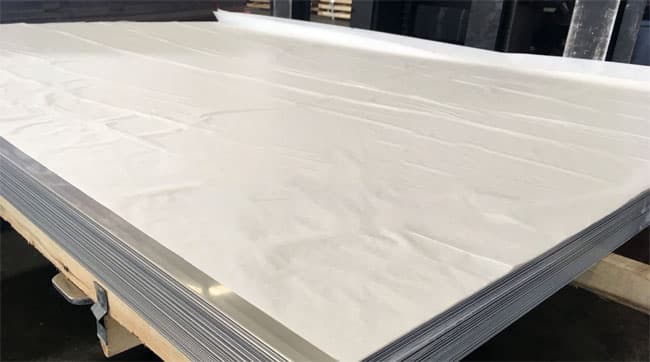
Considering these stainless steel plate specifications, I have compiled the size specifications for common stainless steel plates (thickness, width, length):
| Specification table of stainless steel plate Unit: mm | ||||
| Thickness Width * Length | <1 | >1,<3 | 3-6 (cold rolling) | 3-16 (hot rolling) |
| 1000*2000 | common | common | less | – |
| 1219*2438 | common | common | less | – |
| 1219*3048 | common | common | less | – |
| 1500*3000 | less | common | common | less |
| 1500*6000 | less | less | common | common |
| 1800*3000 | less | less | Less | – |
| 1800*6000 | less | less | less | less |
| 2000*3000 | less | less | less | – |
| 2000*6000 | less | less | less | less |
| Other dimensions | Customized on demand | |||
Remarks:
It should be noted that these steel plate dimensions are commonly used stainless steel plate dimensions in production and life, not national mandatory standards.
Steel plates, particularly stainless steel, are manufactured in various standard dimensions to meet diverse industrial requirements. Understanding these specifications is crucial for efficient procurement, inventory management, and fabrication processes.
It’s important to note that standard dimensions can vary by region, manufacturer, and specific industry requirements. While there are no universally mandated standards for steel plate sizes, adherence to common dimensions facilitates streamlined production and supply chain processes.
Factors influencing steel plate dimension selection:
Understanding these standard dimensions and their implications can significantly optimize material selection, reduce waste in cutting operations, and improve overall project efficiency. When specifying steel plates, consider not only the required dimensions but also the most suitable manufacturing process (cold-rolled vs. hot-rolled) for the intended application.
For specialized projects or unique requirements, consulting with steel suppliers or manufacturers is recommended to determine the most appropriate and cost-effective plate dimensions and production methods.
The dimensions of 304 stainless steel sheets and plates vary depending on the manufacturing process and intended application. Standard sizes are as follows:
Hot-rolled plates:
Cold-rolled sheets:
It’s important to note that these are common standard sizes, and manufacturers may offer custom dimensions to meet specific project requirements. The thickness of the sheets or plates can also vary significantly, typically ranging from 0.4 mm to 50 mm (0.016 to 2 inches) or more, depending on the application and production capabilities.
When selecting 304 stainless steel sheets or plates, consider factors such as:
Consulting with suppliers or manufacturers can help determine the most suitable dimensions for your particular needs, as they may offer additional size options or custom-cut services.


